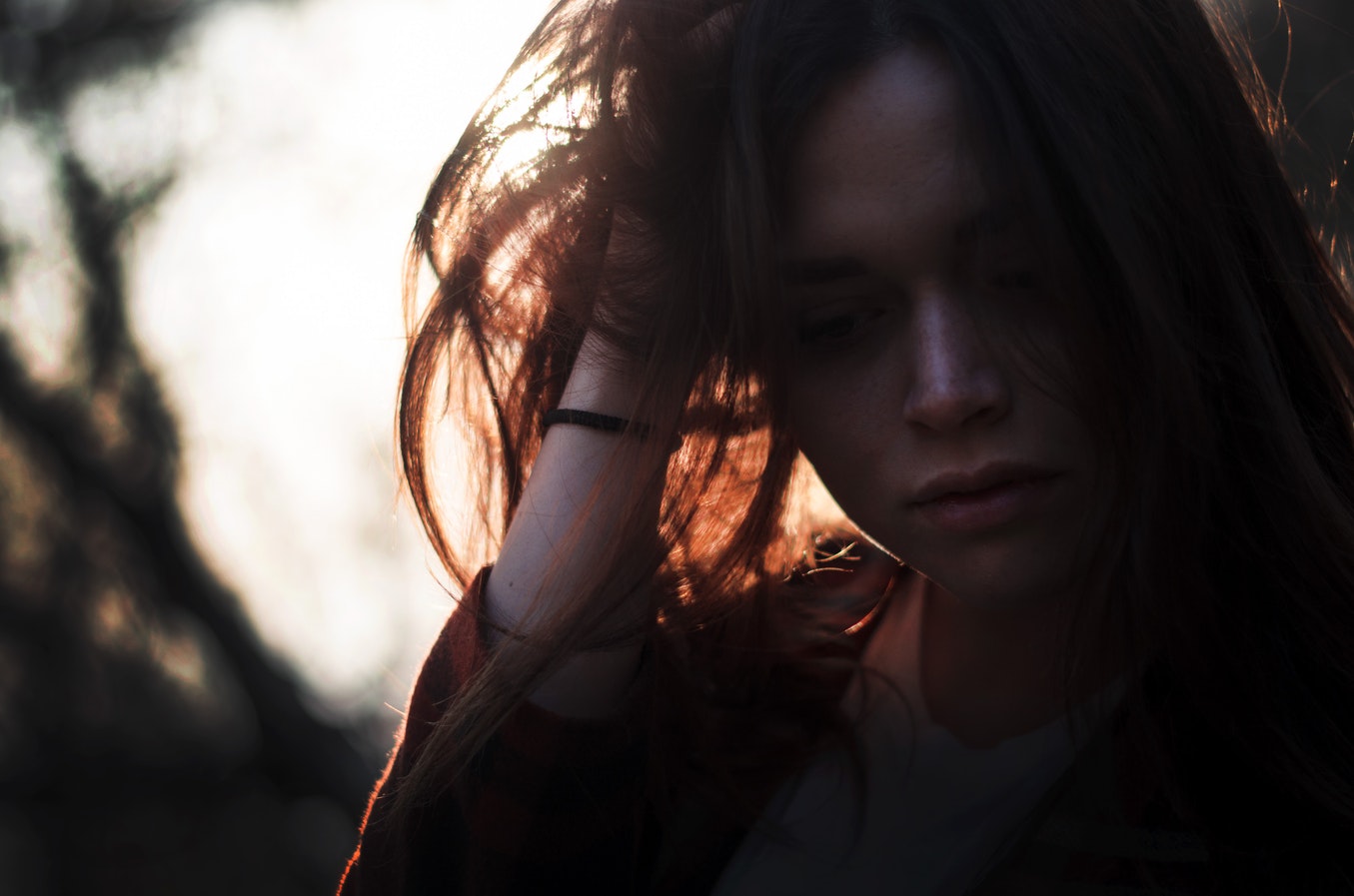
Body + Mind is reader-supported. We may earn an affiliate commission when you buy through some of the links on our site.
A racing heart, sweaty palms, a feeling of impending doom — all of these are anxiety symptoms in women. More women than ever experience an anxiety disorder at least once during their lifetimes. For some, coping with anxiety becomes a lifelong battle.
More women than men experience anxiety, and researchers have identified multiple gender differences in anxiety disorders. This makes anxiety a serious but common health concern for the female population. Understanding the way gender factors influence anxiety disorders leads to more effective treatment protocols. While researchers still have much to learn, here’s what we know about the way anxiety disorders affect women to date.
Because the nature of anxiety disorders in women makes it an invisible illness, often, identifying whether or not one has anxiety involves self-reflection upon one’s feelings. However, everyone does well to take note of the different anxiety symptoms in women, especially when they are exhibited by a woman they love.
Symptoms of an underlying anxiety disorder include feeling nervous or on edge, even with no apparent reason for feeling this way. Those dealing with anxiety disorders often describe feeling a sense of looming catastrophe.
Some women with anxiety experience panic attacks in which the body mimics all the adrenaline-pumping symptoms of a fight-or-flight situation. During a panic attack, the woman’s heart races, a cold sweat breaks out all over her body and her breathing rate increases substantially. The first time women experience a panic attack, they should seek medical care to confirm that no more serious underlying physical condition, such as a heart condition, triggered the symptoms they feel.
Various other types of anxiety disorders exist outside of panic disorder:
The prevalence of anxiety symptoms in women marks only one of the major gender differences surrounding this disease. Women have GAD, PTSD, panic attacks and phobias at twice the rate of men. Women also show higher rates of OCD and social anxiety disorder than men.
A particularly notable gender difference in anxiety disorders occurs with the way women and men develop PTSD. Research indicates that men and women experience PTSD at the same rates when the initial stressor involves a natural disaster. However, when the initial stressor stems from a physical assault, only 1.8 percent of men go on to develop PTSD while 21.3 percent of women develop the disorder.
One reason for this gender difference in how PTSD manifests after physical assault revolves around power and control. Women who experience physical assault often feel helpless to defend themselves, particularly when their male attacker significantly overpowers her in size. This feeling of powerlessness drives women to react fearfully when confronted with similar situations, and in cases of domestic abuse, the woman repeatedly experiences the same stressor.
On the contrary, physical confrontations between two males often occur only once. Because culture teaches men to anticipate some degree of fighting in their lives, men accept some forms of violence as simply a part of the natural order of things, not a reason to feel fearful or powerless.
Another gender difference in anxiety disorders lies in the coping mechanisms each gender uses to self-medicate. While both genders experience higher rates of substance abuse with anxiety, men with anxiety disorders turn to drugs and alcohol to cope with their feelings at higher rates than women. Women, conversely, often develop eating disorders when attempting to cope with anxiety. Since much of anxiety symptoms in women stem from a feeling of powerlessness, controlling what she does and does not eat helps females with anxiety restore a feeling of control over their lives, albeit in a very dangerous, life-threatening manner.
Due to the gender differences in anxiety disorders, treatment protocols likewise should vary by gender. For example, women who have developed an eating disorder as a side effect of underlying anxiety need physical intervention to nourish their bodies back to health before tackling the tough psychological work involved in resolving the deeper issue.
For many anxiety disorders, a combination of medication and talk therapy benefits most women. Many modern antidepressant medications likewise treat anxiety by balancing out neurotransmitters in the brain responsible for exaggerated fear responses. While some women still benefit from benzodiazepines, modern psychiatry reserves these medications for treating only the most severe cases due to the addictive potential of these medications.
In addition, many women with anxiety benefit from a regular exercise regimen, as exercise releases endorphins, the body’s natural feel-good chemicals, while also alleviating stress. Meditation complements cognitive behavioral therapy well, and herbs such as lavender, chamomile and valerian ease frazzled nerves.
Overcoming Anxiety Symptoms in Women
The good news? Women with anxiety disorders can and do make full recoveries utilizing a combination of natural therapies, medications and counseling. While telling people with anxiety not to worry does little good, rest assured that with proper treatment, women can overcome anxiety and enjoy a more stress-free life.
Your email address will only be used to send you our newsletter, and at any time you may unsubscribe. For more information, see our Privacy Policy.